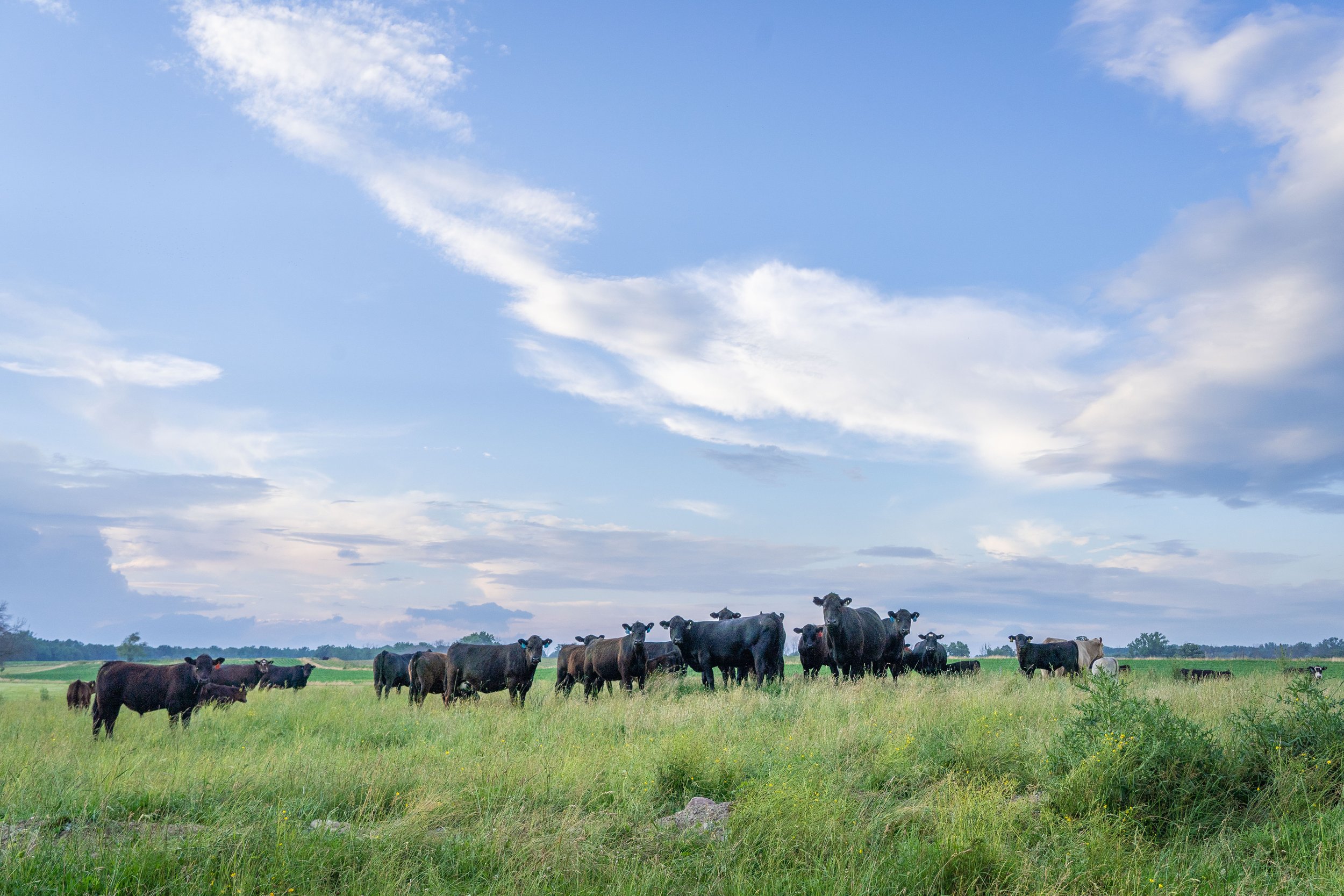Recognizing Animals Risk Protection (LRP) Insurance Policy: A Comprehensive Guide
Browsing the realm of livestock threat protection (LRP) insurance can be an intricate venture for many in the agricultural industry. From just how LRP insurance operates to the various insurance coverage alternatives available, there is much to uncover in this extensive overview that could possibly shape the means animals manufacturers come close to risk management in their companies.

Exactly How LRP Insurance Policy Functions
Periodically, comprehending the auto mechanics of Livestock Threat Defense (LRP) insurance can be complicated, however breaking down exactly how it works can give clarity for ranchers and farmers. LRP insurance is a risk monitoring tool made to shield animals producers versus unforeseen cost decreases. The policy enables producers to set a protection degree based on their certain needs, selecting the variety of head, weight variety, and protection rate. When the plan remains in location, if market rates drop below the insurance coverage cost, producers can submit an insurance claim for the distinction. It is very important to note that LRP insurance policy is not a profits assurance; rather, it concentrates exclusively on price threat security. The insurance coverage period commonly varies from 13 to 52 weeks, supplying flexibility for producers to pick a duration that straightens with their manufacturing cycle. By utilizing LRP insurance policy, herdsmans and farmers can mitigate the economic dangers related to fluctuating market value, making certain greater stability in their procedures.
Eligibility and Insurance Coverage Options

When it comes to protection options, LRP insurance coverage supplies manufacturers the versatility to pick the coverage degree, coverage duration, and recommendations that ideal fit their risk monitoring needs. Coverage levels typically range from 70% to 100% of the expected finishing worth of the insured livestock. Manufacturers can also pick protection periods that align with their production cycle, whether they are insuring feeder livestock, fed cattle, swine, or lamb. Endorsements such as cost risk protection can better customize insurance coverage to shield versus damaging market variations. By understanding the eligibility standards and insurance coverage options readily available, livestock producers can make informed decisions to take care of risk successfully.
Pros and Disadvantages of LRP Insurance Coverage
When reviewing Animals Danger Defense (LRP) insurance, it is vital for livestock producers to consider the downsides and advantages integral in this danger monitoring tool.

Among the primary advantages of LRP insurance policy is its capability to offer protection versus a decrease in livestock costs. This can help guard manufacturers from monetary losses arising from market changes. In addition, LRP insurance uses a degree of versatility, allowing manufacturers to customize insurance coverage levels and policy periods to suit their specific needs. By securing an ensured rate for their animals, manufacturers can much better manage danger and plan for the future.
One constraint of LRP insurance is that it does not safeguard versus all kinds of threats, such as illness outbreaks or natural calamities. It is important for manufacturers to meticulously analyze their specific risk exposure and financial circumstance to identify if LRP insurance policy is the best risk management tool for their procedure.
Understanding LRP Insurance Policy Premiums

Tips for Making The Most Of LRP Benefits
Making best use of the advantages of Livestock Danger Protection (LRP) insurance coverage needs tactical preparation and proactive danger monitoring - Bagley Risk Management. To take advantage of your LRP insurance coverage, think about the adhering to tips:
Frequently Examine Market Conditions: Stay educated concerning my blog market fads and price changes in the animals market. By keeping an eye on these variables, you can make educated decisions about when to purchase LRP insurance coverage to safeguard against prospective losses.
Set Realistic Insurance Coverage Degrees: When picking insurance coverage degrees, consider your production costs, market worth of livestock, and possible dangers - Bagley Risk Management. Setting sensible coverage see this page degrees ensures that you are effectively safeguarded without overpaying for unnecessary insurance coverage
Expand Your Protection: Rather than relying entirely on LRP insurance policy, consider expanding your risk administration methods. Integrating LRP with various other risk management tools such as futures agreements or choices can offer thorough protection versus market uncertainties.
Evaluation and Change Insurance Coverage On a regular basis: As market problems transform, periodically assess your LRP insurance coverage to guarantee it lines up with your present threat exposure. Adjusting coverage levels and timing of acquisitions can assist enhance your danger protection method. By following these ideas, you can make best use of the benefits of LRP insurance coverage and protect your animals operation versus unforeseen threats.
Verdict
To conclude, animals danger security (LRP) insurance policy is a useful tool for farmers to manage the monetary dangers related to their animals operations. By comprehending exactly how LRP works, qualification and insurance coverage options, in addition to the benefits and drawbacks of this insurance, farmers can make enlightened decisions to safeguard their source of incomes. By very carefully thinking about LRP premiums and implementing techniques to click for source maximize advantages, farmers can alleviate potential losses and guarantee the sustainability of their operations.
Animals producers interested in acquiring Livestock Danger Defense (LRP) insurance coverage can check out a variety of qualification standards and coverage options customized to their particular animals operations.When it comes to protection options, LRP insurance supplies producers the adaptability to choose the insurance coverage degree, protection duration, and recommendations that finest fit their threat monitoring demands.To comprehend the complexities of Animals Danger Protection (LRP) insurance coverage totally, understanding the factors influencing LRP insurance coverage premiums is important. LRP insurance policy costs are identified by numerous components, consisting of the insurance coverage level picked, the expected cost of animals at the end of the coverage duration, the type of animals being guaranteed, and the size of the coverage duration.Evaluation and Readjust Insurance Coverage Routinely: As market problems alter, regularly examine your LRP protection to ensure it lines up with your present risk exposure.